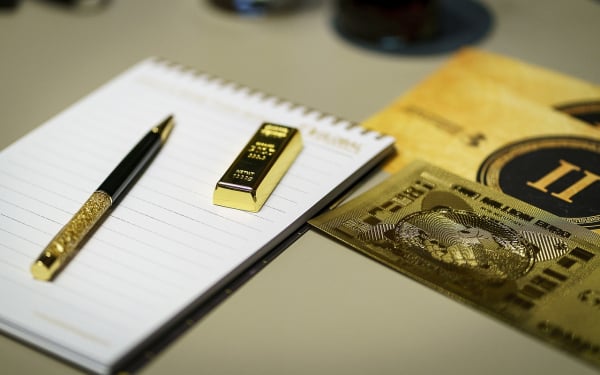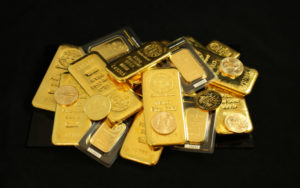The Value of Gold Never Changes, It’s Only Paper Currency That Does

In the short term, predicting the price of gold is meaningless. However, when extending the timeframe to the medium to long term, the logic behind the rise in gold price becomes crystal clear. Since the inception of the history of gold and currency, the value of gold measured in fiat currency has always been on the rise. Under this underlying logic, technical and fundamental factors will jointly drive gold prices to surpass $3000 and silver prices to rise to new highs above $50.
Voltaire already warned us back in 1729:
“Paper money eventually returns to its intrinsic value – zero.”
Expanding a bit further, a simple and straightforward conclusion emerges:
The value of all currencies, without exception, will ultimately go to zero.
Most investors overlook a fundamental fact: the value of gold does not increase. So, what is actually increasing is the price of gold measured in fiat currency. Take the example of the price of gold in US dollars; in 1971, an ounce of gold was worth $35, and today, 53 years later, it has risen to $2300. Does this mean the value of gold has increased 66 times during this period? Certainly not, it is because the value and purchasing power of the US dollar have decreased by 98.5% since 1971.
Hence, asking the right questions about the future trend of gold prices is crucial. For instance, does the current gold price match the money supply or inflation rate?
Adjusting the 1980 peak of $850 gold price according to the US CPI to today would be equivalent to $3590. If calculated based on the actual inflation rate, this value would skyrocket to $29,200. The same applies to silver; the peak price of $50 in 1980 would adjust to $166 and $1350 respectively based on the US official CPI and real inflation rate.
In essence, the current prices of gold and silver are severely undervalued.
However, investing in gold requires patience, and the timing of entry is crucial. From 1971 to 1980, the price of gold surged from $35 to $850, followed by a 20-year downward trend until 2000. From 2002 to 2011, the price of gold rose from $300 to $1920, but then underwent a long consolidation from 2013 to 2016. After August 2020, the gold price has been consolidating below $2000, and recently, it has finally broken through.
The above discusses the technical aspects. From a fundamental analysis perspective, a major reasoning for a bullish outlook on gold lies in the concept of a “big crash,” where all bubble assets, such as stocks, bonds, and real estate, will significantly decline in real value measured in gold terms. This is not baseless speculation; in fact, since 2000, nearly all major asset classes, including stocks, have underperformed gold when viewed in real terms.
The so-called growth and prosperity are merely illusions based on worthless currency creation. What is real? In this century, the price of gold has increased by 7.5 times, with a compound annual return of 9.2%, while the Dow Jones Index’s compound annual total return (including reinvested dividends) has been only 7.7%. Yet, perplexingly, only 0.6% of the global financial assets are invested in gold.
Bonds
Gold
Silver
US Stocks








